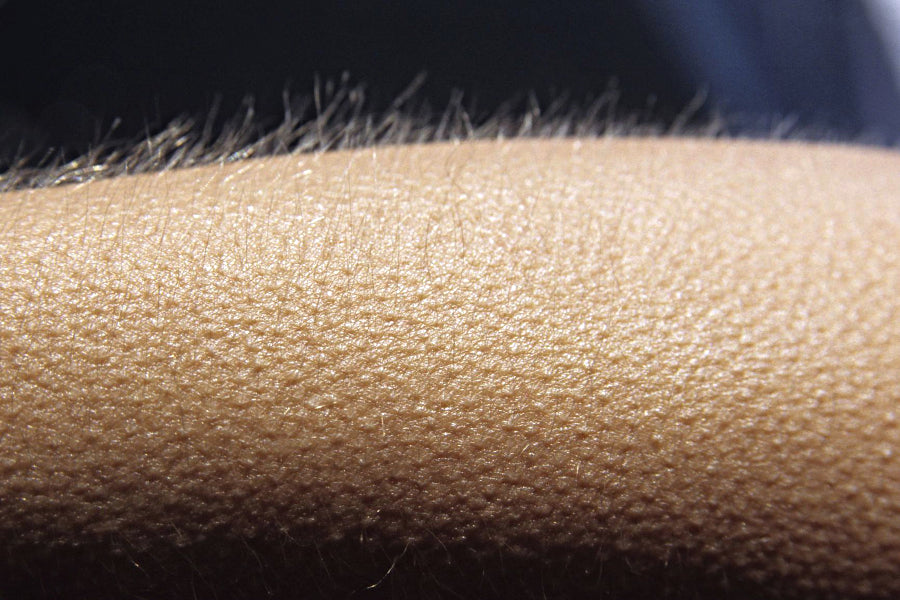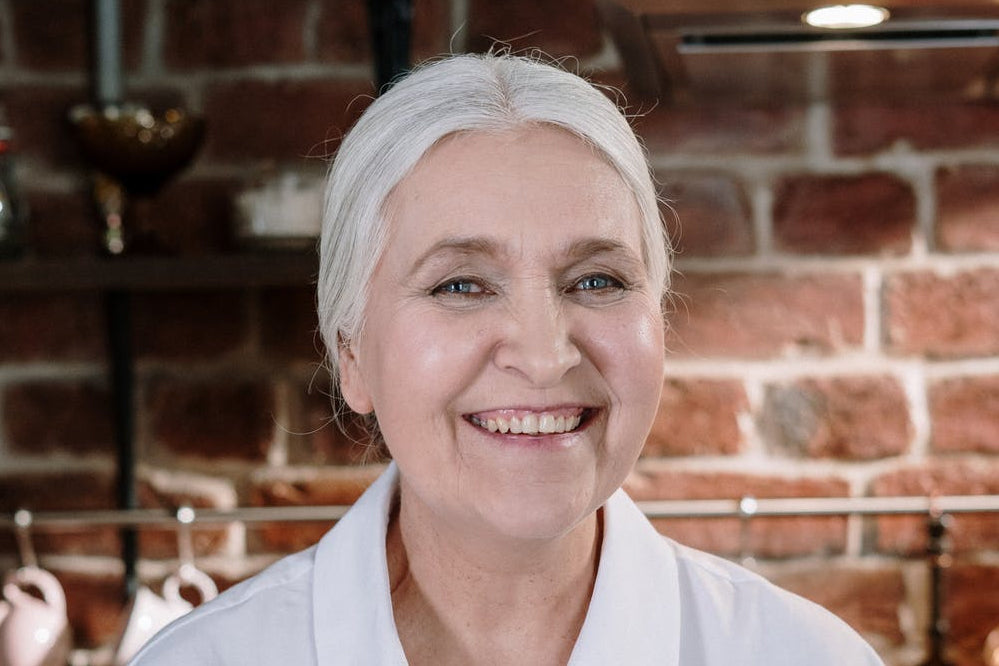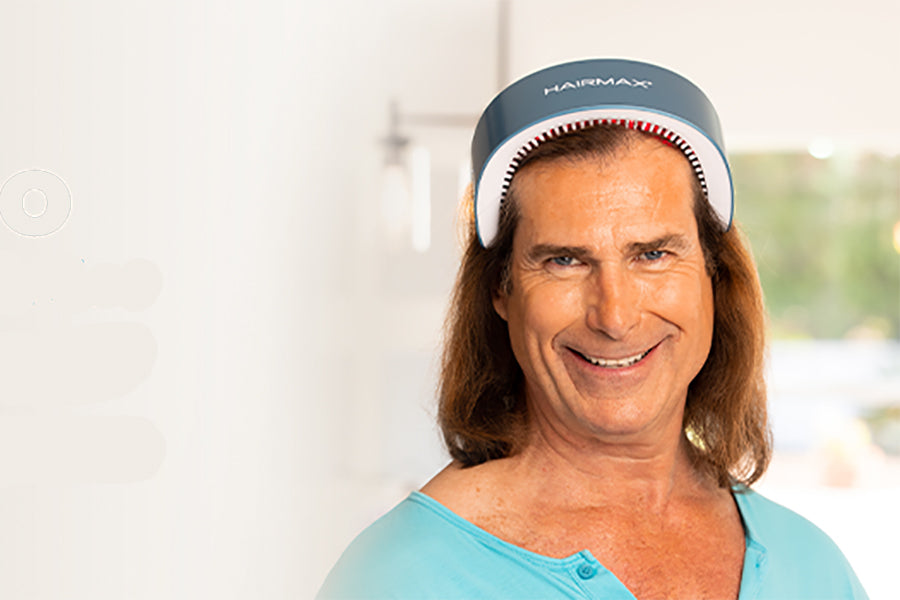Have you ever questioned why some body hair such as eyebrows only grow to a certain length, but do not get long like hair as they do under normal hair health? For that matter, how many different hair types are there? Hair seems to grow everywhere on our bodies, scalp, legs, nose, eyebrows, eyelids, arms and even on areas of the body that appear hairless such as your earlobe or forehead ! What are the differences between these hairs and why do you lose some and not others and why is women's hair different to mens? So many questions...
There are two different hair types, vellus hair and terminal hair - both have different properties.
Vellus hair, which is also referred to as peach fuzz or baby hair is translucent and unmistakably thinner than other hair on your body. You'll find these tiny hairs on your nose, eyelids and even your ear lobes. Vellus hairs may seem unnecessary, yet they serve a useful purpose. They regulate your body temperature and help sweat evaporate from your body.
Body hair undergoes various changes as you become older. Vellus hair is replaced with thicker hair in certain areas of your body during puberty. When this transition occurs, vellus hairs become terminal hairs. The structure of terminal hair is different from that of vellus hair. It’s stronger, longer, and more noticeable. For example, prior to puberty a young man may have vellus hair on his chin and face, and above his lip. As puberty begins, these hairs change to terminal hair and become longer and stronger. This is when males develop facial hair like a moustache or beard. Other areas on your body where vellus hair becomes terminal hair include your chest, abdomen, legs, arms, pubic area and feet.
This changeover results from an increased production of a sex hormone called androgen. The main sex hormone is testosterone which is secreted by both men and women. However, men with normal hair health, produce about 10 times the amount of testosterone as women.
The amount of androgens in the body determines the growth pattern of hair such as on the face, underarms, genital area, and arms and legs under normal hair health. Since men have much higher levels of testosterone, they grow darker and thicker hair in areas such as the face whereas women only grow fine velus hair under normal hair health. The effects of evolution in men and women may also play a role in determining why men have courser body hair than women such as the fact that early men were hunter/gathers and hair might have evolved to offered them protection from the harmful effects of too much sun.
There is a simple answer the question as to why hair only grows to a certain length in normal hair health. The length of hair is determined by the length of the built in anagen or growth phase of the hairs in specific areas of the body that men and women have when they have normal hair health. The hair on the head stays in anagen for about 2 to 7 years before it is shed, whereas the hairs on arms and legs for people with normal hair health, are in anagen for about a month or a month and a half. Thus, the shorter the anagen phase in all areas of the body, except for scalp under normal hair health, shed too quickly to grow long.
Hair Loss? That's another story....

- by Stephen Dowd
Why Is The Hair On Your Head Different From Body Hair?
- by Stephen Dowd



Share:
Christmas Day Hair
New Year's Hair Resolutions